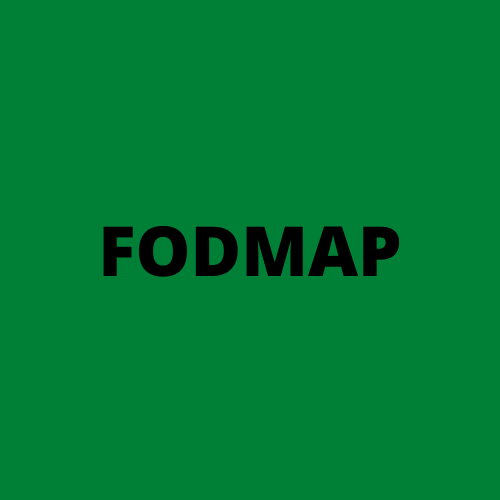
CORIANDER ALLERGY
Key Allergens
Coriander is a herb, commonly called cilantro in the USA. As a rare allergy it is not well studied and there has been no confirmation of which allergens are causing the reactions.
Allergic reactions are most likely caused by profilin proteins which can cause allergic reactions in uncommon circumstances. Some profilin proteins can give oral allergy type symptoms and is more specifically called Celery Mugwort Spice Syndrome.
Coriander also contain chemicals called furanocoumarins, these can act as a contact allergen. When they come in contact with the skin it can become more sensitive to sunlight which can cause blistering. This is more common as an occupational allergy with people who pick, pack and process coriander.
Allergic reactions are most likely caused by profilin proteins which can cause allergic reactions in uncommon circumstances. Some profilin proteins can give oral allergy type symptoms and is more specifically called Celery Mugwort Spice Syndrome.
Coriander also contain chemicals called furanocoumarins, these can act as a contact allergen. When they come in contact with the skin it can become more sensitive to sunlight which can cause blistering. This is more common as an occupational allergy with people who pick, pack and process coriander.
Food Intolerances


Coriander is a low FODMAP food. FODMAP stands for Fermentable oligosaccharides, disaccharides, monosaccharides and polyols. Foods high in FODMAPs can cause symptoms of food intolerance, affecting the gastro intestinal system and this can be mistaken for a true IgE food allergy.
Coriander is a food low in salicylates. Salicylates have the potential to cause gastrointestinal food intolerance symptoms in people who are sensitive to salicylates.
You can read more about Food Intolerances on the dedicated Food Intolerance Page.
Associated Syndromes
Some profilin proteins can give oral allergy type symptoms and is more specifically called Celery Mugwort Spice Syndrome. You may have this syndrome if you suffer from coriander allergy with oral allergy symptoms to 3 or more of the foods mentioned in the cross reactivity section.
Cross Reactivity
Coriander is in the family Apiaceae, other spices in this family are anise, caraway seed, celery, chervil, cumin, dill, fennel and parsley.
Other plants containing profilin inhalant allergens are ragweed, wormwood, birch, sunflower, olive, plantain, poplar and oak.
Profilins are also found as food allergens in kiwi, celery, peanut, chilli, watermelon, orange, hazelnut, melon, carrot, strawberry, soya, walnut, lychee, lupin, apple, cherry, almond, peach, pear, mustard, tomato and aubergine.
The foods most commonly linked to Celery Mugwort Spice Syndrome are peach, melon, celery, carrots, camomile, fennel and other spices from the Apiaceae family which include coriander, caraway seed, celery, chervil, cumin, dill, aniseed and parsley.
These food lists are not exhaustive, the most up to date information is on the Cross Reactivity Tool.
Other plants containing profilin inhalant allergens are ragweed, wormwood, birch, sunflower, olive, plantain, poplar and oak.
Profilins are also found as food allergens in kiwi, celery, peanut, chilli, watermelon, orange, hazelnut, melon, carrot, strawberry, soya, walnut, lychee, lupin, apple, cherry, almond, peach, pear, mustard, tomato and aubergine.
The foods most commonly linked to Celery Mugwort Spice Syndrome are peach, melon, celery, carrots, camomile, fennel and other spices from the Apiaceae family which include coriander, caraway seed, celery, chervil, cumin, dill, aniseed and parsley.
These food lists are not exhaustive, the most up to date information is on the Cross Reactivity Tool.
Resources
Websites
Allergen Encyclopedia - Coriander
How to Recognize a Cilantro Allergy
Coriander allergy – watch out for ‘spices’!
Articles and Journals
Food allergy outside the eight big foods in Europe: A systematic review and meta-analysis, 2024
Coriander (cilantro): A most divisive herb, 2023
Severe allergic reaction to allspice, a hidden food allergen, 2022
Pollen-food allergy syndrome in children, 2020
Chronic urticaria in a two year old child: a diagnostic dilemma, 2020
Beer anaphylaxis due to coriander as hidden allergen, 2018
Oral allergy syndrome–the need of a multidisciplinary approach, 2014
Coriander Anaphylaxis in a spice grinder with undetected occupational allergy, 2006
Characterization of allergens in Apiaceae spices: anise, fennel, coriander and cumin, 2006
Let me know if you found any of these interesting or useful.
If you spot an article or research that you think is interesting you can message me or tag me on Facebook or Twitter - links at the bottom of the page.